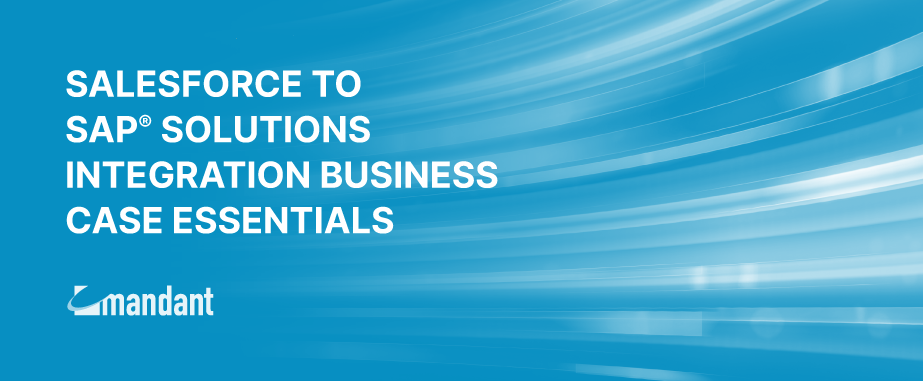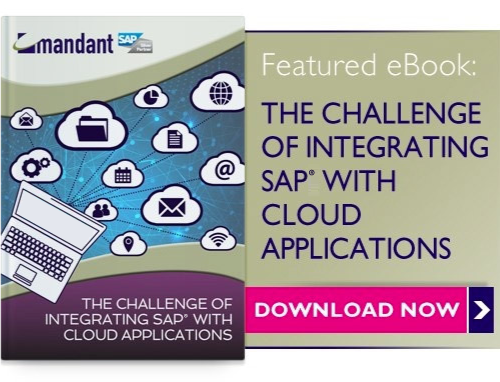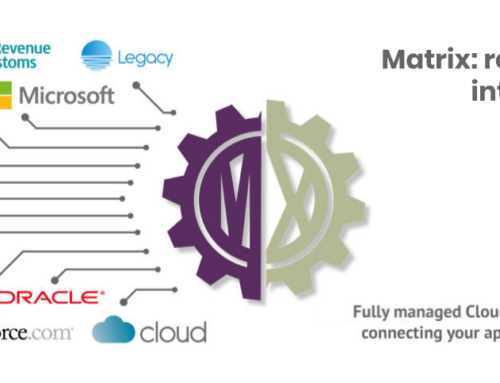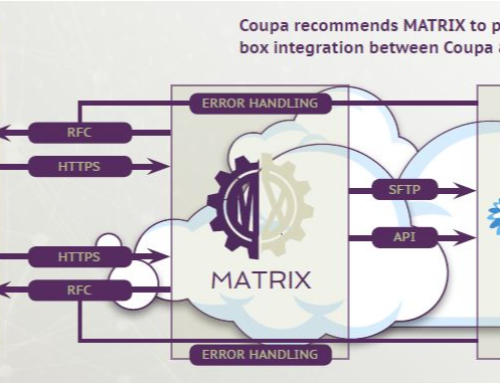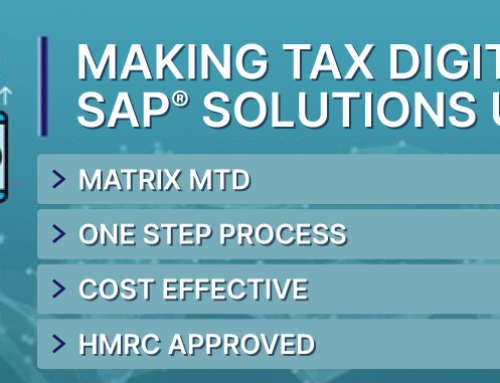8 essentials to integrate Salesforce with SAP® solutions business case
Like all major business investments, the most successful integration projects are underpinned by good, solid business cases.
Reliable and complete Salesforce integration with SAP® solutions should drive business efficiencies through better collaboration between sales, finance, production, logistics and customer service. In turn, this can help improve forecasting, on time delivery and customer satisfaction.
But not all integrations deliver such results, with half of unrealised CRM return on investment opportunities stemming from a lack of integration with the back office (Nucleus Research).
Salesforce integration with SAP® solutions should be designed not only to keep data in sync, but to improve business processes which in turn impact margin and/or growth.
Early planning and preparation is critical to generating the best possible results from your integration, starting with your business case, which should ideally cover the following seven points:
1. Better margins
Profitability fundamentally involves charging the right price and keeping costs under control.
Since most price changes tend to involve rises, if sales don’t use the latest prices then margins will inevitably be squeezed. It is easy to see that synchronising pricing between SAP® solutions and Salesforce reduces the risk of misquoting and helps to maintain margins.
An added benefit of SAP® solutions integration with Salesforce price synchronization is the productivity increase on the sales side. Avoiding having to double check pricing before being sure about quoting for or accepting an order, makes sales people more productive, which in some cases could reduce the cost of sales and thereby provide another boost to margins.
2. Increased selling opportunities
Many companies take the opportunity to use Salesforce data integration as a pre-requisite for improving the processes around up-selling and cross-selling.
Opportunities to upsell and cross-sell at point of order are dependent on having accurate order history, current and projected stock levels, price breaks and discount levels easily available to salespeople. This is all the more important in industries where complex pricing agreements are the norm, with tiered discounts, discounts based on quantities and product combinations, for example.
3. Improved customer service
Customer service reps need full visibility of all customer activity (orders, enquiries, dispatches, returns, payments etc.) so that they can track down and solve queries.
Working across two systems to solve queries can be frustrating, but that is the least of the problems. As service levels have become increasingly important as a competitive differentiator, the ability of customers service reps to do their job efficiently and effectively is ever more critical to the entire business.
Giving access to all relevant customer information in one place improves efficiency, and therefore can impact both cost of sales and competitive positioning.
4. Enhanced competitive positioning
E-commerce is the fastest growing channel for retailers in Europe and North America. This has had a knock-on effect on all industry sectors as people are absorbed into that 24×7 demand culture. So, even if you don’t trade via e-commerce, customers expect a speedy response to their order, and lead times are increasingly seen as a competitive differentiator across many industries.
Integrating the order to pay process can create shorter order processing times which in turn can lead to faster fulfilment and therefore competitive advantages within the marketplace.
Whilst this is critical for FMCG and retail sectors, an integrated order to pay process does have benefits across all sectors. As well as potentially shortening lead times, reducing any duplication and manual effort means reducing errors and maintaining one version of the truth. A business case for SAP® solutions Salesforce integration should review the costs involved in maintaining the current order to pay process and the potential savings due to integration as well as an estimate, if possible, of the financial benefits of any reduction in lead times.
5. Better supply chain planning
Data integration across all systems provides a complete view of your sales, pipeline activity, current stock levels and projected demand. These are some of the key inputs needed to optimize supply chain planning. The benefits of this are well-documented and include being able to promise better lead times to customers whilst obtaining better margins from suppliers.
6. Improved cash flow
Having an integrated order to pay process in place means that invoices can be raised immediately and cash collected as soon as possible (depending on payment terms) after a sale has been made. What’s more, integration makes it possible to forecast cash flow more accurately.
7. Less duplication
The beauty of integration is that it provides you with a single version of the truth. Not only can it help deliver a reduction in duplicate data, it can also reduce duplication in processes. A very simple example is that with good SAP® solutions and Salesforce integration, you should be able to add a customer record once and view it from either system.
Reducing duplication in turn reduces the propensity for making errors, increases efficiency and speeds up surrounding processes.
8. Lower IT costs using an integration platform
MATRIX Salesforce integration provides a standard cloud-based platform for integration that is fully supported and maintained by SAP® technology integration experts. More about the significant IT savings.
In summary:
Factoring these points into your business case will help ensure you:
- clearly communicate the key benefits of Salesforce integration with SAP® solutions to your organization
- set out the groundwork for your integration project plan
- help focus your project team on maximising return on investment.
For more information, ask one of our integration experts to call you for a free initial consultation.

